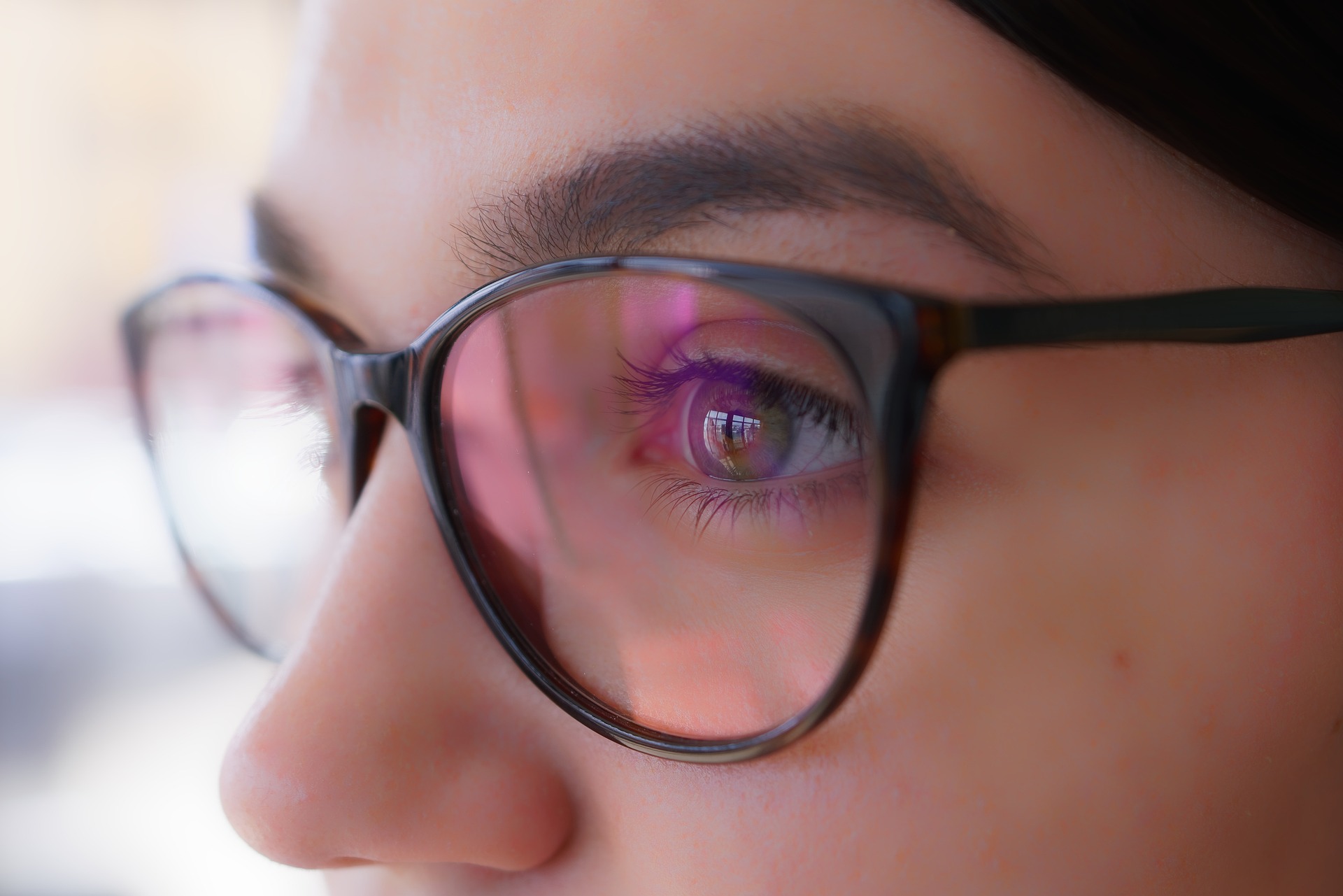
myopia control
Myopia is most often referred to as “nearsightedness”.

Myopia is most often referred to as “nearsightedness”.
As our lifestyle’s have adapted to increased computer and device usage, so have our eyes adapted to becoming increasingly nearsighted. Currently 22% (1.5 billion people) of the world’s population is myopia, but myopia is a growing epidemic that will grow to 50% (4.7 billion people) of the world’s population becoming myopic by the year 2050. The global myopia epidemic The importance of halting the progression of myopia is to reduce the chances of developing pathological myopia.
Pathological myopia is used to describe the anatomical complications of myopia.The risk of retinopathy for high myopes increases with age, especially over 40 years of age. The risk of developing retinopathy is significantly reduced if a patient's myopia is eliminated or reduced at an early age. As children grow in height, the eye is no different. Their eye length can increase in size causing structural changes that lead to pathology.
High levels of myopia significantly increase the risk of serious ocular health problems such as retinal detachment, early cataracts, and glaucoma, which can lead to vision loss and blindness later in life.
Even low myopia doubles the risk of retinal detachment, cataracts, and glaucoma.

online
frames gallery
online
lens collection
get in touch
contact us
To book your evaluation,
schedule your appointment
here!
| monday | 09:00am - 06:00pm |
| tuesday | 09:00am - 06:00pm |
| wednesday | 09:00am - 04:00pm |
| thursday | 09:00am - 06:00pm |
| friday | 09:00am - 05:00pm |
| saturday | Call For Availibilty |
| sunday | Closed |